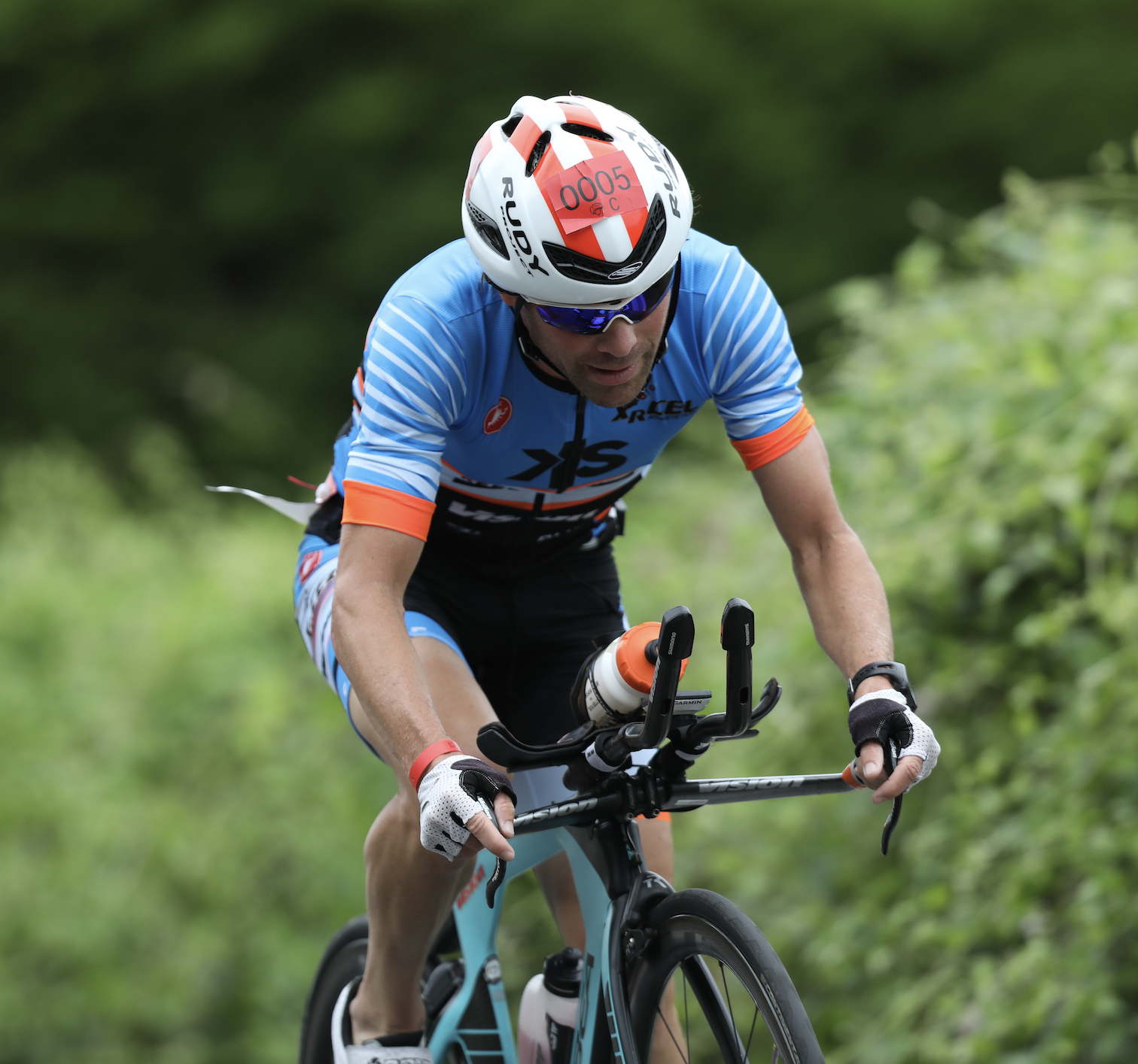
25 Mar How to Look at Injuries as Opportunities to Improve
By Scott DeFilippis, Pro Triathlete, Coach and XRCEL Sponsored Athlete
Most Injuries are not a result of too much training or not enough stretching! It is my observation that they are the result of poor decisions by athletes. I don’t need to look any further than myself. Earlier this year I gave myself a stress fracture, not because I was running too much but rather I was fiddling with one of the latest running shoe gimmicks, which led me to developing planter fasciitis, which caused me to alter my run stride. Instead of listening to my gut and not running for a week or two, I limped through a 2 hour run trying to convince myself with each step that the blood was flowing and the planter was feeling better. In reality what I was doing was giving myself a stress reaction in my ankle because of how I was landing. The next morning when I could barely walk I knew what I had done, there was no need for an XRAY or MRI. What I needed was 4 weeks minimum no running. I had been training vigorously since January for Ironman France, with it now May I knew I was going to have to scrap that race and move on to a Plan B. Even if I didn’t have a Plan B, I had to come up with one.
So what did I do? I looked at this minor setback as an opportunity to work on my swim and bike. I didn’t let it ruin my year. That’s the beauty of triathlon, we do 3 activities so if for some reason we are faced with a situation in which we can’t do 1 or even 2 of the activities, then we focus on what we can do, not what we can’t do.
Once I mapped out a plan of how I could keep fit while not running I then looked towards races that I could use as training while I slowly built my run volume up. Of course I was disappointed as I am running out of years to compete at the Professional level and I have wanted to go back to Ironman France for several years, but I also recognized that there are lots of others choices out there.
So after 4 weeks of no running I started back and used 70.3 Raleigh in June as one of these training days. I swam and rode hard, then jogged the run nice and easy. This was just 1 week after I started back running. Then a few weeks later I was ready to have a good hard run at the Deauville International Triathlon in France. A few weeks after that with a few solid runs under my belt I was able to post an even better run at Alpe d’ Huez Triathlon. Two weeks after that and 9 weeks back running I finished the Iconic Embrunman Iron Distance race. So now I find myself on a plane 3 weeks post Embrunman on my way to Ironman Wisconsin. I’ll use this as one last training event as I look towards a December Ironman where if I don’t do anything stupid in the next 12 weeks, my run form will be where it should have been in July and August. I’m always telling my athletes that in triathlon patience is a virtue so with patience so will come power and strength!
So what can you do if you are faced with an injury that prevents you from swimming, riding, or running?
– First, look at it as an opportunity! Find out what you can do and do that! If you can’t run and swimming has always been your weakest event then take this time to up the yards and get more comfortable in the water. You will be surprised just how fit swimming will keep you when not running.
–Cross train if you can. Most gyms have Elliptical machines that can keep you very fit. Or look into purchasing an Eliptigo that you can take outside. Ever try a Rowing or Cross Country Ski Machine? Either may give your cycling an unexpected boost.
–Don’t let it ruin your year. Nowadays there are races available to you 12 months out of the year.
–Buy race insurance. If you have to cancel one race you can move your funds and entry towards another event. If you can’t get your money back then perhaps do what you can do in the race. Maybe it’s just the swim? Perhaps you can do it as a relay if the event has relays.
–Listen to your coach when you start back training. Don’t sneak in extra training sessions that may cause another setback! Don’t have a coach? Stick to running every other day and increasing your run volume each week by 10-20% and do not include intensity for at least 3-4 weeks of steady-state running!
–Take advantage of your downtime. Use any extra downtime to do work around your house that you have put off.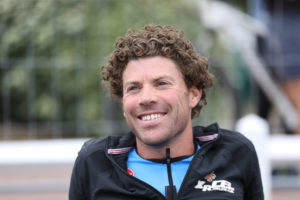
–Recalibrate. Let your body and mind reset from race mode to maintenance mode.
–Spend extra time with friends and loved ones that you have neglected due to ramped up training while preparing for a big event. Or perhaps take a vacation that doesn’t revolve around a race.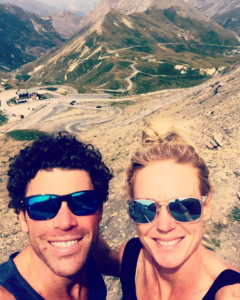
-And lastly, never stop moving! Our bodies want to move, we are naturally hunters and gathers. We aren’t meant to sit still. So don’t think about what you can’t do, think about what you can do!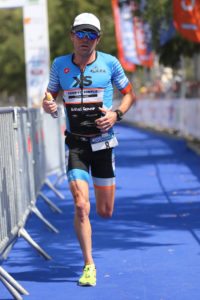
A very good friend of mine, Tony G, once gave me one of the best pieces of advice I have ever been given. Tony is one of the fittest 60+ year olds I’ve seen. I stopped into his Surf Shop back home in Jersey one morning several years back. Tony just got back from his morning gym session. He said to me, “Scottie De, never stop moving! Once you stop moving, that’s it you’re one step closer to the grave.”
Triathlon is an incredible sport that can take you to some amazing places, bring new friends into your life, and introduce to you a healthy lifestyle that will keep you active for years to come. But when it comes to injuries, it’s not the end of the world, it’s an opportunity! But remember…Never Stop Moving!
Yours In Sport!
Scott DeFilippis
NOTE: Since completing this article Scott placed 2nd overall at the Deauville International Triathlon and completed Ironman Wisconsin with a 9th place overall finish.

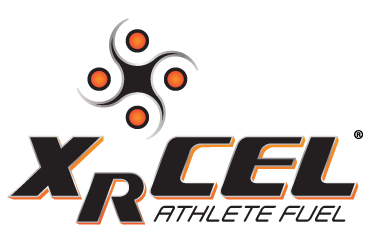





Sorry, the comment form is closed at this time.